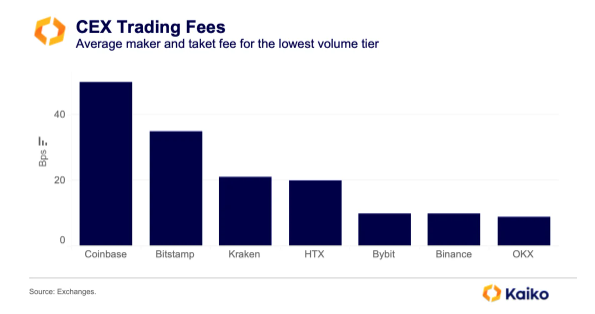Cryptocurrency derivatives markets are quickly gaining popularity, as more investors are looking to diversify their portfolios and take advantage of the volatility of digital assets like Bitcoin (BTC) and Ethereum (ETH). In a recent market report by CryptoSlate, the differences between BTC and ETH in the derivatives market were analyzed to provide insights into their potential futures, options, and perpetual futures markets.
Bitcoin, known as the first cryptocurrency, has a larger market capitalization and higher adoption rate compared to Ethereum. This has led to Bitcoin being the dominant player in the derivatives market, with a wide range of futures, options, and perpetual futures markets available for traders. On the other hand, Ethereum, which is known for its smart contract capabilities, has been gaining traction in the derivatives market as well, with an increasing number of options and futures contracts being offered for the digital asset.
One of the key differences between Bitcoin and Ethereum in the derivatives market is the underlying technology that powers each cryptocurrency. Bitcoin operates on a proof-of-work consensus algorithm, which requires miners to solve complex mathematical puzzles to validate transactions and secure the network. Ethereum, on the other hand, utilizes a proof-of-stake consensus algorithm, which allows users to stake their coins to secure the network and validate transactions. This difference in technology has implications for the derivatives markets of both cryptocurrencies, as it can affect trading volumes, liquidity, and market dynamics.
When it comes to futures contracts, Bitcoin has a longer track record and a more established market compared to Ethereum. Bitcoin futures have been trading on regulated exchanges since 2017, providing investors with a way to hedge their risks and speculate on the price movements of the digital asset. Ethereum futures, on the other hand, have only recently gained traction in the derivatives market, with a limited number of exchanges offering futures contracts for the cryptocurrency.
Options contracts, which give investors the right, but not the obligation, to buy or sell an asset at a specified price within a specific time frame, are also available for both Bitcoin and Ethereum in the derivatives market. Options contracts can be used to hedge risks, generate passive income, and speculate on the price movements of cryptocurrencies. As the derivatives market for both Bitcoin and Ethereum continues to grow, more options contracts are likely to be introduced to cater to the increasing demand from investors.
Perpetual futures, which are contracts that do not have an expiry date and are settled daily based on the underlying index price, have gained popularity in the cryptocurrency derivatives market. Both Bitcoin and Ethereum have seen a surge in perpetual futures trading volume, as investors are drawn to the flexibility and leverage offered by these contracts. As the derivatives market for cryptocurrencies evolves, it is important for investors to understand the differences between Bitcoin and Ethereum in order to make informed decisions and navigate the complex world of cryptocurrency derivatives trading.


